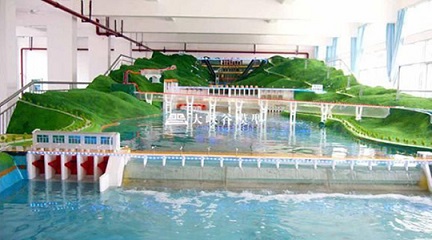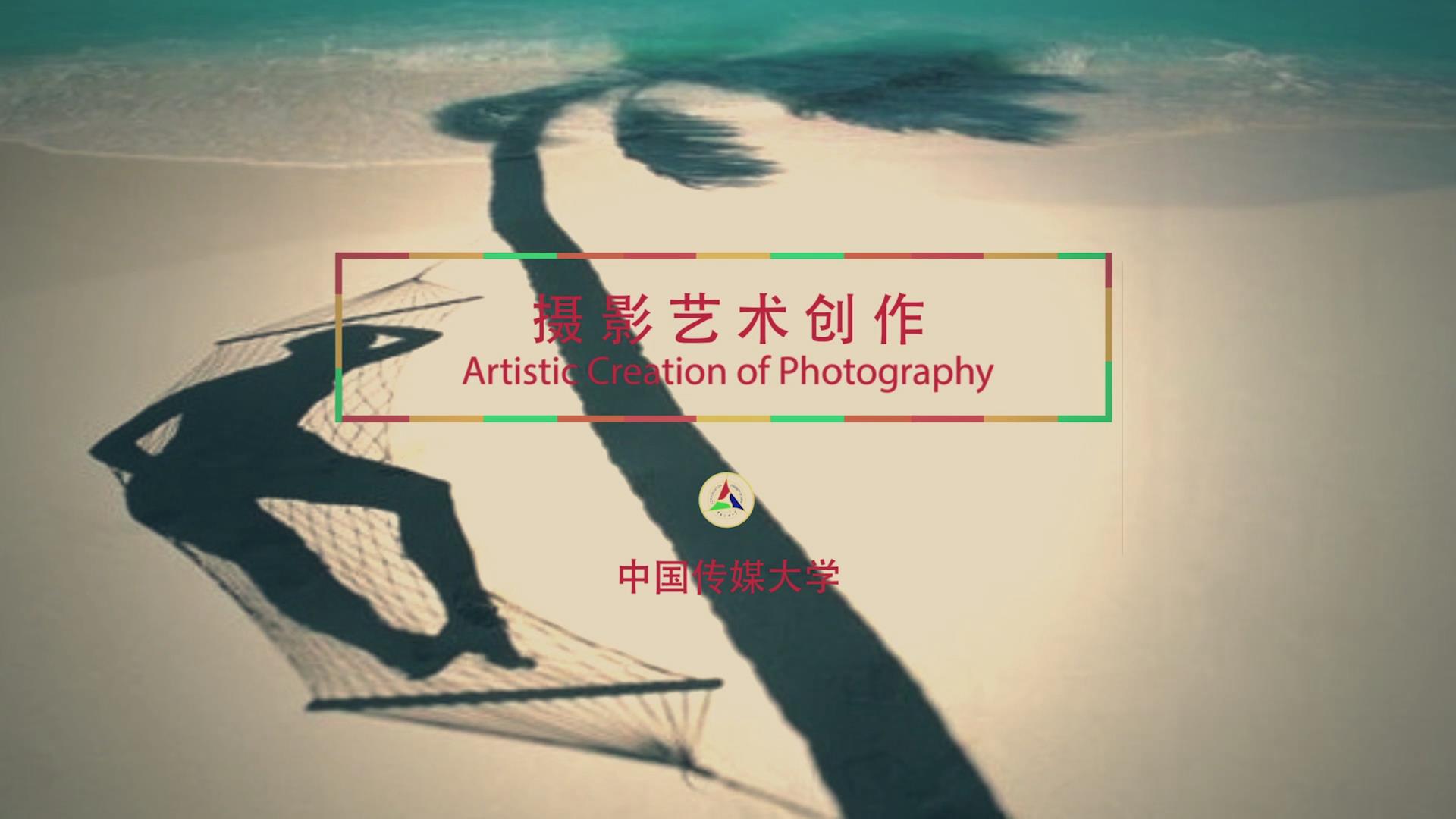
当前课程知识点:3ds Max: A Quick Start from Zero to One > Chapter 1: Getting Started > 1.3.2 Project Preparation 2:Initialization Settings > 1.3.2
返回《3ds Max: A Quick Start from Zero to One》慕课在线视频课程列表
返回《3ds Max: A Quick Start from Zero to One》慕课在线视频列表
项目准备2
第一次使用时的初始化设置
上一讲
介绍了三维项目制作前的
第一个小动作
建立属于自己的项目文件夹
这一讲呢
为大家介绍第二个动作
初始化设置
一起来看看吧
一
什么是初始化设置
设置有三种
当你买了新手机时
第一件事会做什么
装上常用的软件
调个来电铃声
把屏保换成熟悉的面孔
设置完成后
程序便会记忆你所做的设置
这啊就叫做初始化设置
3ds Max中的
初始化设置分为三种
单位设置
常规首选设置
和自定义快捷键设置
我们来逐一介绍一下
二
单位设置
定义你的单位习惯
默认设置中
3ds Max用的是
自己的空间单位
叫做通用单位
如果你只是做一些
简单的建模练习
可以直接使用通用单位
但如果进行产品设计
室内效果图制作
或是动画制作时
单位设置就显得尤为重要
你总要测量一下
家具是不是能放进去吧
总要和其他软件进行衔接吧
所以第一次使用软件时
就要养成一个
设置单位的小习惯
单位设置在自定义菜单栏中
可以找到
将单位切换为公制
单位设置可以根据
项目的要求进行
毫米
厘米
米
或千米的设置
三
常规首选项设置
重点有两个
在自定义菜单栏
首选项设置中可以找到
常规首选项设置
里面有很多选项
根据往年的教学经验
强烈建议各位朋友
调整场景撤销
和自动备份数
那么
这两个东西又是什么呢
场景撤销
软件操作时难免会犯错
通常情况下
我们会用Ctrl+Z
来撤回到上一步操作
系统默认的撤销次数为20
表示可以撤销20步
但是
我可以很负责任的告诉你
20步是绝对不够用的
建议将撤销次数
设置为100
给自己犯100次错的机会
自动备份
在软件使用中
我们常常会忘记保存
当遇到系统蓝屏
程序崩溃
或电脑死机等特殊事件时
总会让你生无可恋
为了避免这种混乱的局面
3ds Max提供了一个
十分人性化的小功能
自动备份
程序啊会在一定时间内
默默的帮助你备份工程文件
当你遇到这些特殊事件时
百分百降低你想咬人的概率
将选项卡切换到文件
就可以找到自动备份设置了
默认设置下
备份间隔时间为5分钟
Autoback文件数为3个
意思是
每隔5分钟备份一次文件
当文件数为3个的时候呢
进行覆盖备份
但是
对于学习党来说
5分钟的时间是非常漫长的
备份3个文件啊也不够用
所以建议间隔时间改为1分钟
文件数改为5个
让系统每隔1分钟
默默的备份一次文件
当文件为5个时
进行覆盖备份
那么
如何找回自动备份的文件呢
还记得我们在上一讲中
就已经提到了项目文件夹
Autoback就是
自动备份文件夹了
记得遇到突发事件的时候呢
去找找
没准啊
就可以让你重燃希望了
四
自定义用户界面设置
让软件更符合你的气质
最后一类呢
是强大的自定义用户界面设置
可以让我们自定义
快捷键
工具栏
四元菜单
菜单和颜色选项卡
如果你对3ds Max不太熟悉
请不要轻易的去修改
选项卡的内容
但如果你已经具备了
软件的使用经验
修改快捷键和四元菜单
可以让软件更符合你自己的气质
例如
将键盘的空格键
改为最大化视口的切换按钮
将键盘的A键
改为转换为多边形操作等等
只要方便你的使用啊
怎样都行
本节课
我们一口气介绍了
三种始化设置方法
或许有些部分你不能完全消化
但是没关系
你可以先做了解
当你学习完本门课程后
再回看这一讲的内容
或许会有不一样的体验哦
下一讲
我们会带你学习
3ds Max最核心的操作方法
一定不要错过哦
164
拜拜
Bye-bye.
-Fast Understand of 3ds Max,Starting Your Virtual Journey
--Preface
-Preface
-1.1 How to get 3ds Max
--1.1 02
-1.1
-1.2 Introduction to the Interface of 3ds Max
--1.2 01
--3ds Max
-1.2
-1.3.1 Project Preparation 1: Set Up Project Folder
--1.3.1
-1.3.1
-1.3.2 Project Preparation 2:Initialization Settings
--1.3.2
-1.3.2
-1.4.1 Opening and Saving Files
--1.4.1
-1.4.1
-1.4.2 Basics Operation
--1.4.2
-1.4.2
-1.4.3 Advanced Operation
--1.4.3
-1.4.3
-1.5 General Hotkeys
--1.5
-1.5
-1.6 Creating Geometric Primitives
--1.6
-1.6
-2.1 3D Modeling Overview
--2.1
-2.1
-2.2 Three Useful Modeling Methods
--2.2
-2.2
-2.3 Boolean Modeling
--2.3
-2.3
-2.4.1 Spline Modeling 1:Spline Modeling Overview
--2.4.1
-2.4.1
-2.4.2 Spline Modeling 2: Modeling From a Spline
--2.4.2
-2.4.2
-2.4.3 Spline Modeling 3:How to Edit Spline Objects
--2.4.3
-2.4.3
-2.5.1 Polygon Modeling 1:Polygon Modeling Method
--2.5.1
-2.5.1
-2.5.2 Component Selection Techniques
--2.5.2
-2.5.2
-2.5.3 Polygon Modeling 3: 16 Polygon Modeling Commands
--2.5.3
-2.5.3
-2.5.4 Polygon Modeling 4: Subdivision Modeling
--2.5.4
-2.5.4
-2.5.5 Polygon Modeling 5: Attaching and Detaching
--2.5.5
-2.5.5
-2.6.1 Advanced Modeling Skills 1:“Stereoscopic” Modeling Method
--2.6.1 01
-2.6.1
-2.6.2 Advanced Modeling Skills 2:Box Modeling Method
--2.6.2
-2.6.2
-2.6.3 Advanced Modeling Skills 3:Deconstruction Modeling Method
--2.6.3
-2.6.3
-2.6.4 Advanced Modeling Skills 4:Problems to be Considered in Modeling
--2.6.4
-2.6.4
-3.1 Rendering
--3.1 02
-3.1
-3.2.1 Render Your First Work
--3.2.1 02
-3.2.1
-3.2.2 Arnold Render Set Up
--3.2.2 01
-3.2.2
-3.2.3 Introduction to the Arnold Renderer
--3.2.3
-3.2.3
-3.2.4 Arnold Renderer 1: Sampling
--3.2.4 02
-3.2.4
-3.2.5 Arnold Renderer 2: RayDepth and Filtering
--3.2.5 02
-3.2.5
-3.3.1 What is Light?
--3.3.1 02
-3.3.1
-3.3.2 Light and Color
--3.3.2 02
-3.3.2
-3.3.3 Light and Shadow
--3.3.3 02
-3.3.3
-3.3.4 Produces Soft Shadows and Fast Shadow
--3.3.4 02
-3.3.4
-3.3.5 Six Types of Lighting
--3.3.5 01
-3.3.5
-3.4.1 Arnold Light Types
--3.4.1 01
-3.4.1
-3.4.2 Arnold Light Parameters
--3.4.2 01
-3.4.2
-3.4.3 Color Temperatures and White Balance
--3.4.3 01
-3.4.3
-3.5.1 Three-point Lighting Method
--3.5.1
-3.5.1
-3.5.2 Indoor Light Lecture 1: Make a Simple Night
--3.5.2
-3.5.2
-3.6.1 Advanced Skill 1:Rendering Tips
--3.6.1
-3.6.1
-3.6.2 Advanced Skill 2:The Normals and the Smooth Group
--3.6.2
-3.6.2
-4.1 Learn About This Chapter in Four Minutes
--4.1
-4.1
-4.2.1 How to Open the Material Editor?
--4.2.1
-4.2.1
-4.2.2 Using Physical Materials
--4.2.2
-4.2.2
-4.2.3 Three Assistants of the Material
--4.2.3
-4.2.3
-4.2.4 Create a Simple Material
--4.2.4
-4.2.4
-4.3.1 Using maps to Creat Different Looking
--4.3.1
-4.3.1
-4.3.2 Bitmap Node:A Small Node With Virtues
--4.3.2
-4.3.2
-4.4.1 UVW Mapping Method 1:Methods of Locking the Map
--4.4.1
-4.4.1
-4.4.2 UVW Mapping Method 2: UV Overlays
--4.4.2
-4.4.2
-4.4.3 Unwrap UVW 1: Basic of Unwrap UVW Modifier
--4.4.3
-4.4.3
-4.4.4 Unwrap UVW 2: Projection
--4.4.4
-4.4.4
-4.4.5 Unwrap UVW Part 3: Powerful UV Editor
--4.4.5
-4.4.5
-5.1 Animation Overvie
--5.1
-5.1
-5.2.1 3ds Max Animation
--5.2.1
-5.2.1
-5.2.2 Making Animation More Interesting Principle 1: Time and Space
--5.2.2
-5.2.2
-5.2.3 Making Animation More Interesting Principle 2: Slow Motion (slow-mo)
--5.2.3
-5.2.3
-5.2.4 Making Animation More Interesting Principle 3: Squash and Stretch
--5.2.4
-5.2.4
-5.3.1 Animation Technique 1: Parent-Child Relationship
--5.3.1
-5.3.1
-5.3.2 Animation Technique 2:Loop Animation
--5.3.2
-5.3.2
-5.4.1 Techniques of Using the Camera
--5.4.1
-5.4.1
-5.4.2 The Safeframe Cannot Be Ignored in the Camera
--5.4.2
-5.4.2
-5.4.3 Camera Movement
--5.4.3
-5.4.3
-5.4.4 Following Shot
--5.4.4
-5.4.4
-6.1 Rendering a VR Panorama With Arnold
--6.1
-6.1
-6.2 Fast Implementation of VR Interaction
--6.2
-6.2
-6.3 Fast Implementation of AR Interaction
--6.3
-6.3
-6.4 Friends of 3ds Max
--6.4
-6.4
-6.5 Self Learning and Improvement Methods
--6.5
-6.5
-6.6 Methods of Obtaining Resources
--6.6
-6.6
-7.1 PBR Technology Introduction
--7.1
-7.2 Toolbag PBR Real-time Rendering
--7.2
-7.3 Substance Painter PBR Painting
--7.3
-Shortfilm Casestudy 1:The Weapon Used in PUBG (PlayerUnknown's Battlegrounds)
--Microfilm Course 1:The Weapon Used in Eating Chicken
-Shortfilm Casestudy 2:Production experience of Classic of Mountains and Seas
--Microfilm Course 2:Production Process of Shanhaijing
-Examination



